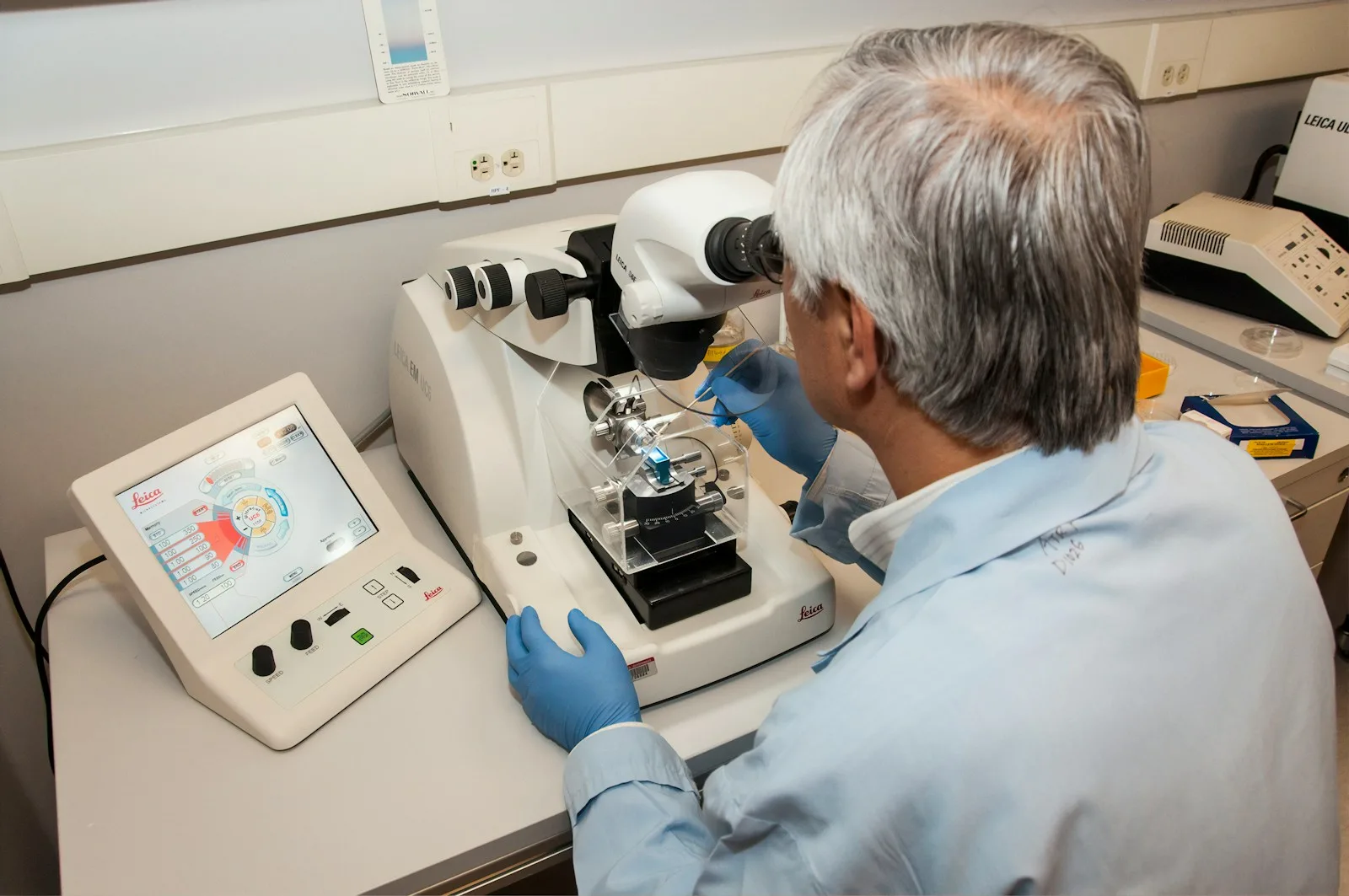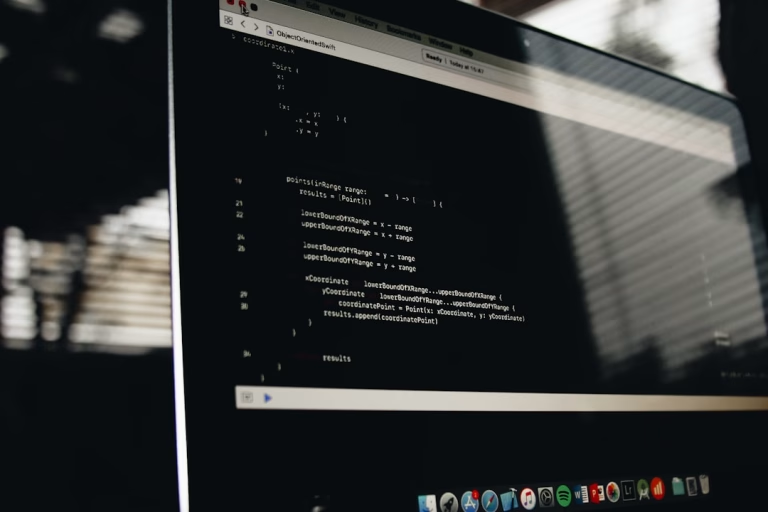Biotechnology in Software: New Frontiers

Biotechnology and software development are converging to create groundbreaking solutions in various sectors, particularly in healthcare, agriculture, and environmental science. This convergence is driving innovations that could not have been imagined a few decades ago, opening up new frontiers that blend biological research with digital technology. This article explores the exciting interface between biotechnology and software, detailing the advancements and the potential they hold.
Understanding the Convergence of Biotechnology and Software
Biotechnology involves using biological systems or living organisms to develop products and technologies that improve our lives. When combined with software development, which provides sophisticated tools to process, analyze, and interpret large datasets, biotechnology can achieve more precise and efficient outcomes.
Key Areas of Innovation
- Genomic Sequencing and Analysis
- Software tools play a crucial role in genomic sequencing and analysis by handling the vast amounts of data generated. These tools allow researchers to sequence DNA and RNA much more quickly and accurately, leading to advances in personalized medicine and genetic research.
- Drug Discovery and Development
- Software applications are used to simulate and model biological processes and the effects of potential drugs on diseases at a molecular level. This significantly speeds up drug discovery processes and enhances the accuracy of drug targeting.
- Synthetic Biology
- Software is integral to the field of synthetic biology, which combines biology and engineering to design and construct new biological parts, devices, and systems. Software helps in modeling biological behaviors and designing genetic modifications.
- Agricultural Biotechnology
- In agriculture, software tools help improve yield predictions, disease prevention, and trait analysis in crops through genetic engineering and precision agriculture practices.
- Environmental Biotechnology
- Biotechnology software aids in environmental management, such as tracking pollution levels, modeling ecosystem responses, and managing waste treatment processes through bioinformatics tools.
Challenges and Considerations
- Data Complexity and Volume
- The sheer volume and complexity of biological data present significant challenges in terms of storage, management, and analysis. Efficient algorithms and robust databases are required to handle this data effectively.
- Interdisciplinary Collaboration
- The intersection of biotechnology and software demands close collaboration between biologists, chemists, software developers, and data scientists. This interdisciplinary approach can pose challenges in terms of communication and integration of concepts.
- Ethical and Regulatory Concerns
- As with all advancements in biotechnology, there are significant ethical and regulatory considerations, particularly related to genetic data and its implications. Software development in this field must be compliant with international standards and sensitive to ethical debates.
The Future of Biotechnology in Software
The potential for software in biotechnology is vast and still largely untapped. Future advancements could lead to more sophisticated bioinformatics tools, improved diagnostic software, and innovative solutions to global challenges such as climate change and pandemics. As technology evolves, so too will the capabilities and applications of biotechnology in software.
Conclusion
The fusion of biotechnology and software is forging new frontiers in science and technology. This exciting synergy not only enhances our understanding of biological systems but also creates practical applications that can benefit humanity in profound ways.






